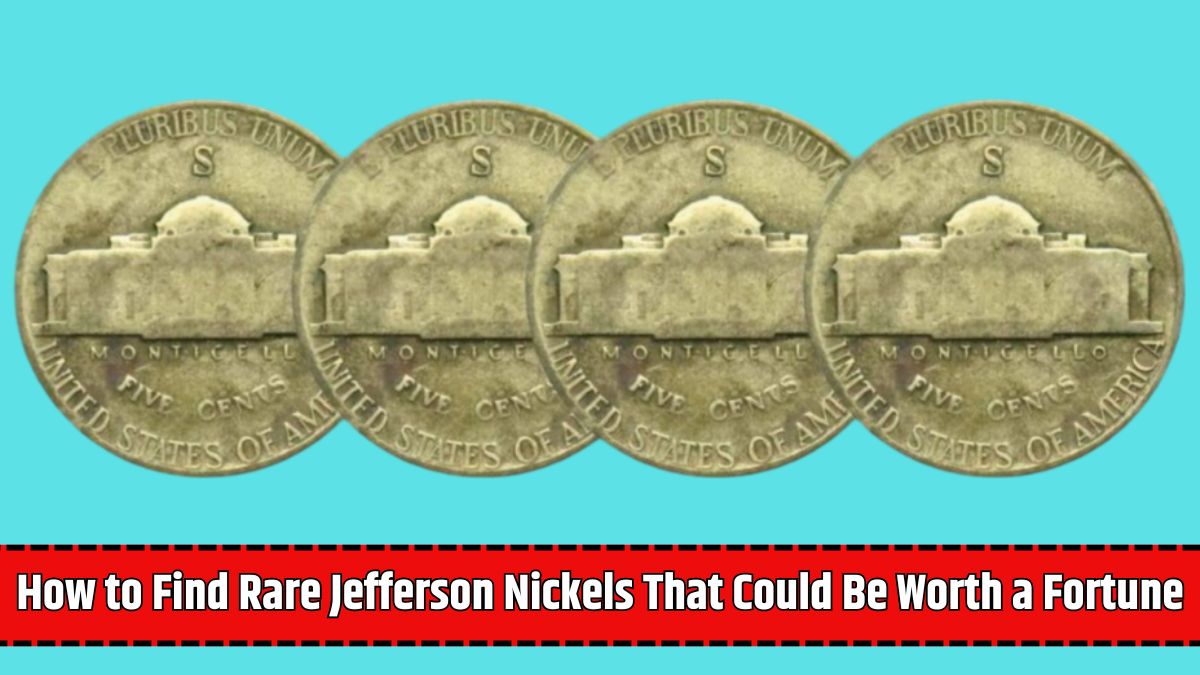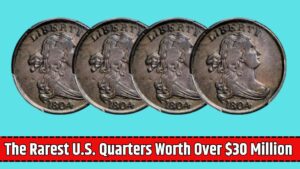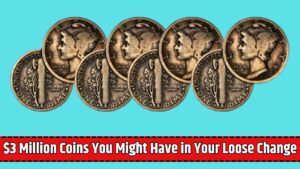Jefferson nickels have been around since 1938 and are still part of everyday coins. While most of these nickels are worth their face value of five cents, some can be worth much more.
How? It depends on the year, where they were made, and their condition. Let’s dive into what makes these coins special and what to look for if you’re checking their value.
Common Jefferson Nickels
For the most part, Jefferson nickels you’ll find in your pocket change are worth five cents. But if a coin is uncirculated (meaning it’s never been used) or from a rare year, its value can jump significantly.
Rare Dates and Mint Marks: What to Watch For
Some nickels are rare because they were made in smaller numbers or are highly desired by collectors. Here’s a quick guide to some valuable Jefferson nickels:
| Year/Mint Mark | Why It’s Valuable | Approx. Value |
|---|---|---|
| 1939 (No Mint Mark) | Hard to find in great condition. | $0.50 to $20+ |
| 1939-S | Lower production, collector favorite. | $5 to $50+ |
| 1942–1945 | Made with 35% silver (wartime). | $1–$2 (or more for perfect coins). |
| 1950-D | Few were made, very collectible. | $10+ for worn coins, hundreds for mint state. |
Silver Nickels from World War II (1942–1945)
During World War II, the U.S. used less nickel to save metal for the war. So, nickels made between 1942 and 1945 included 35% silver. These are called “war nickels,” and they have extra value.
How to Spot Silver Nickels
- Composition: 35% silver, 56% copper, and 9% manganese.
- Look for the Mint Mark: A big “P,” “D,” or “S” above the building on the back of the coin.
Value
- Melt Value: Just the silver content is worth $1–$2.
- Uncirculated: Never-used coins can be worth much more, depending on their condition.
The Value of Uncirculated Coins
Uncirculated nickels—coins that have never been handled or spent—are highly collectible.
Even regular nickels from common years can be worth $5 to $20 if they are in perfect condition. Rare ones, like the 1950-D or 1938-S, can be worth hundreds!
Understanding Coin Grades
The condition of a coin is a big deal. Collectors use grades to figure out its value. Here’s a simple breakdown:
| Grade | What It Means | Value |
|---|---|---|
| Good (G-4) | Worn down, hard to see details. | Just worth face value for common coins. |
| Very Fine (VF-20) | Slight wear, key details visible. | Small premium for rare ones. |
| Extremely Fine (XF-40) | Minor wear, clear details. | More valuable. |
| Uncirculated (MS-65+) | Perfect condition, shiny surface. | High value for any rare date. |
Mint Marks and Where Coins Were Made
Mint marks show where a coin was made and can impact its value:
- No Mint Mark (Philadelphia): These are common and usually less valuable.
- D (Denver): Coins from here can be worth more, especially for rare dates.
- S (San Francisco): Often rare because fewer were made.
Older Copper Nickels (1938–1964)
Jefferson nickels made before 1965 are especially interesting to collectors. Even in worn condition, coins from these years can be worth $0.50 to several dollars.
Jefferson nickels are fun to collect because you never know when you might find a rare one! Whether it’s a wartime silver nickel or a rare mint mark like the 1950-D, these coins hold historical value and collector appeal. Check your coins—you might have a hidden treasure!
















